Once mistaken for a fuzzy star cluster, the stunning Squid Galaxy—formally known as Messier 77—has transformed in the eyes of astronomers over the centuries. Originally discovered in the 1700s by comet hunters, this bright spiral galaxy…
Category: 2. Space
-
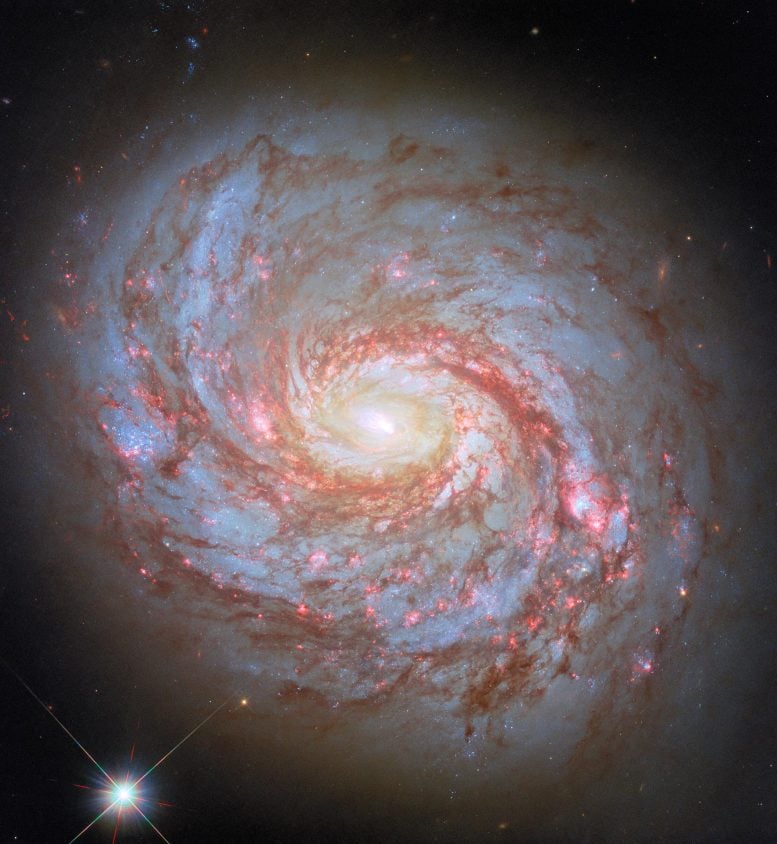
This Galaxy Was Mistaken for a Star Cluster – Then Hubble Revealed Its Tentacles
-
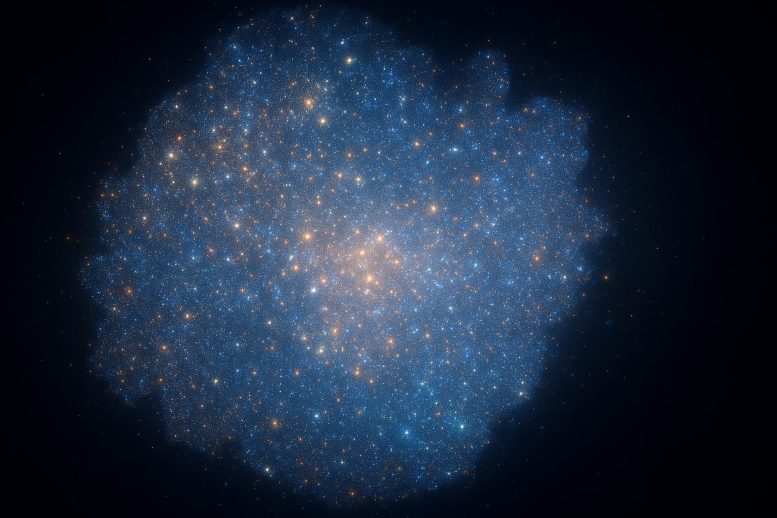
Lost in the Glow: Hidden Galaxies That Could Rewrite the Universe’s Story
Astronomers may have uncovered a hidden population of galaxies that could rewrite what we know about the universe’s evolution. These faint, dusty galaxies were discovered using the deepest far-infrared image ever created, thanks to data from the…
Continue Reading
-
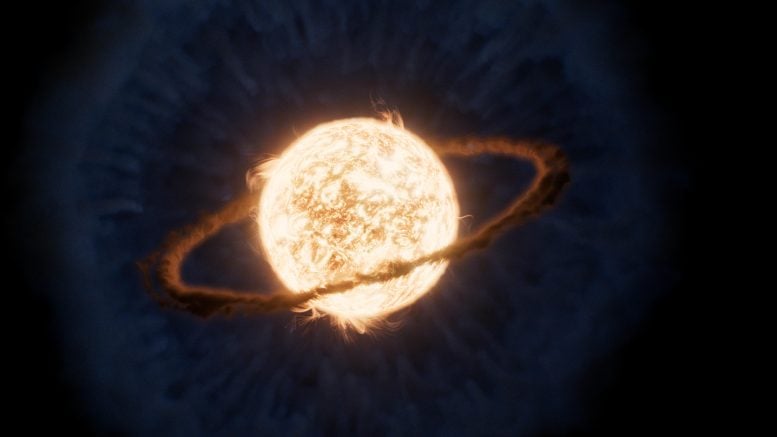
Webb Captures a Planet’s Final Plunge Into Its Star – And It Wasn’t What Scientists Expected
Lingering Brightness Provides Evidence for How the Planet Met Its Demise Each year, scientists from around the world compete for a chance to use NASA’s James Webb Space Telescope. Proposals go through a rigorous review process, and approved…
Continue Reading
-

Why the meteorites that hit Earth have less water than the asteroid bits brought back by space probes
Credit: Pixabay/CC0 Public Domain
Much of what scientists know about the early solar system comes from meteorites—ancient rocks that travel through…
Continue Reading
-

Scientists May Have Just Solved a 60-Year Cosmic Mystery
A new paper provides scientists with a groundbreaking tool for understanding cataclysmic events. Physicist Glennys Farrar has proposed a testable theory linking ultrahigh-energy cosmic rays to magnetic outflows from neutron star mergers,…
Continue Reading
-

Maryland congressmen vow to block proposed NASA science budget cuts
GREENBELT, Md. — Members of Maryland’s congressional delegation expressed confidence that Congress will ultimately reject sharp cuts in NASA science programs proposed by the White House, citing competition with China as one…
Continue Reading
-
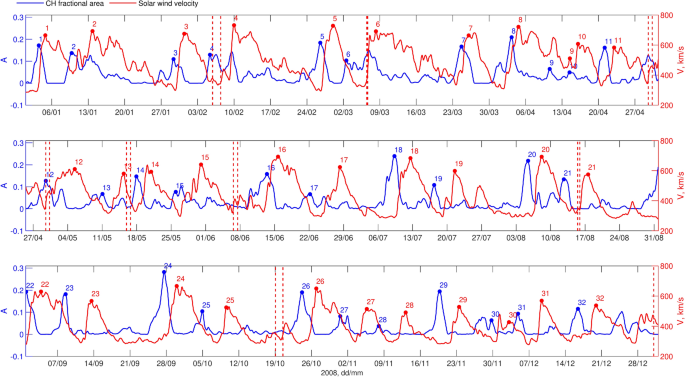
Simulating high-speed solar wind streams from coronal holes using an L5-L1 configuration of lagrangian points
Our approach consists of three main steps. First, we perform initial predictions of velocities of HSSs using a longitudinal separation angle between each pair of probes and accounting for the distance from simulated “L5” and “L1” to the…
Continue Reading
-
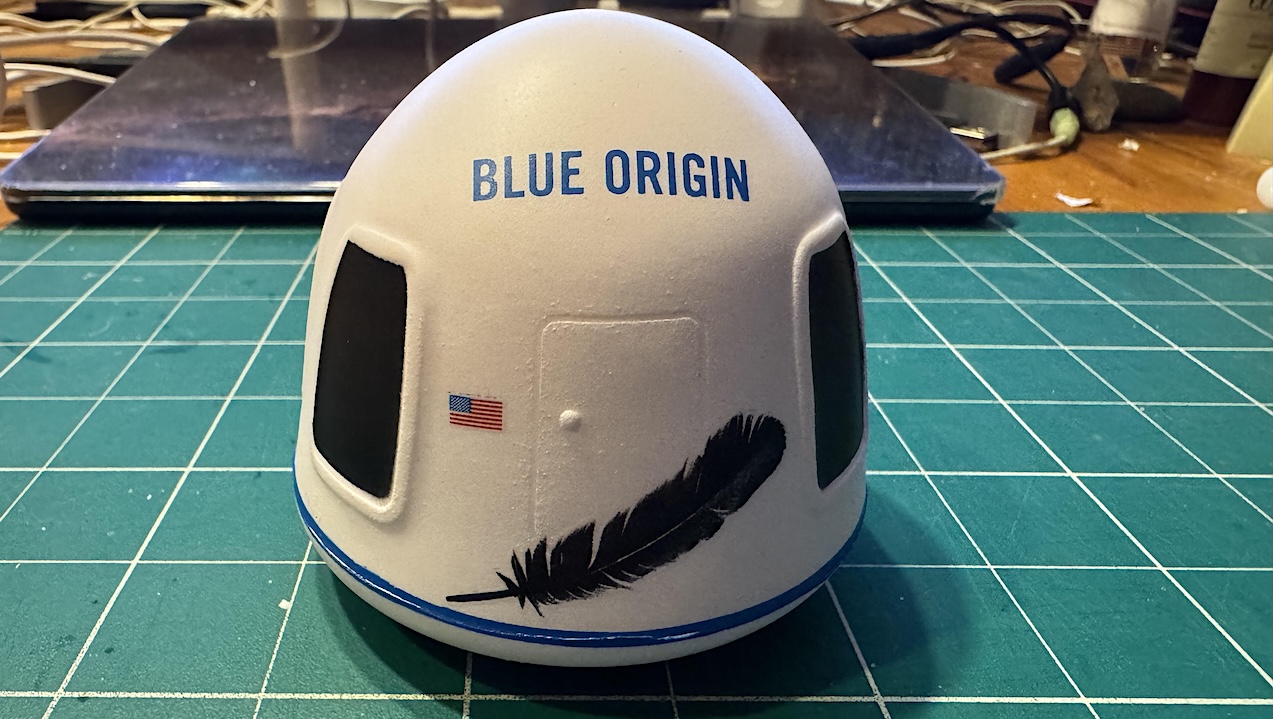
NASAWatch on TV: NS-31
Keith’s note: Apparently the crew of the Blue Origin NS-31 suborbital flight had a great time today. I did live launch/landing coverage on Bloomberg radio/YouTube and then did an interview on Deutsche Welle TV . Every now and then some of…
Continue Reading
-
Infrared Fluxes and Lightcurves of Near-Earth Objects: The Full Spitzer Sample
The IRAC camera on the Spitzer Space Telescope observed 2175 near-Earth objects (NEOs) during its Warm Mission phase, primarily in three large surveys, and also in a small number of a dedicated projects. In this paper, we present the final…
Continue Reading
-
The S-PLUS Fornax Project (S+FP): Mapping Globular Clusters Systems within 5 Virial Radii around NGC 1399
We present the largest sample (∼13,000 candidates, ∼3000 of which are bona fide candidates) of globular cluster (GCs) candidates reported in the Fornax cluster so far. The survey is centered on the NGC 1399 galaxy, extending out to 5 virial…
Continue Reading